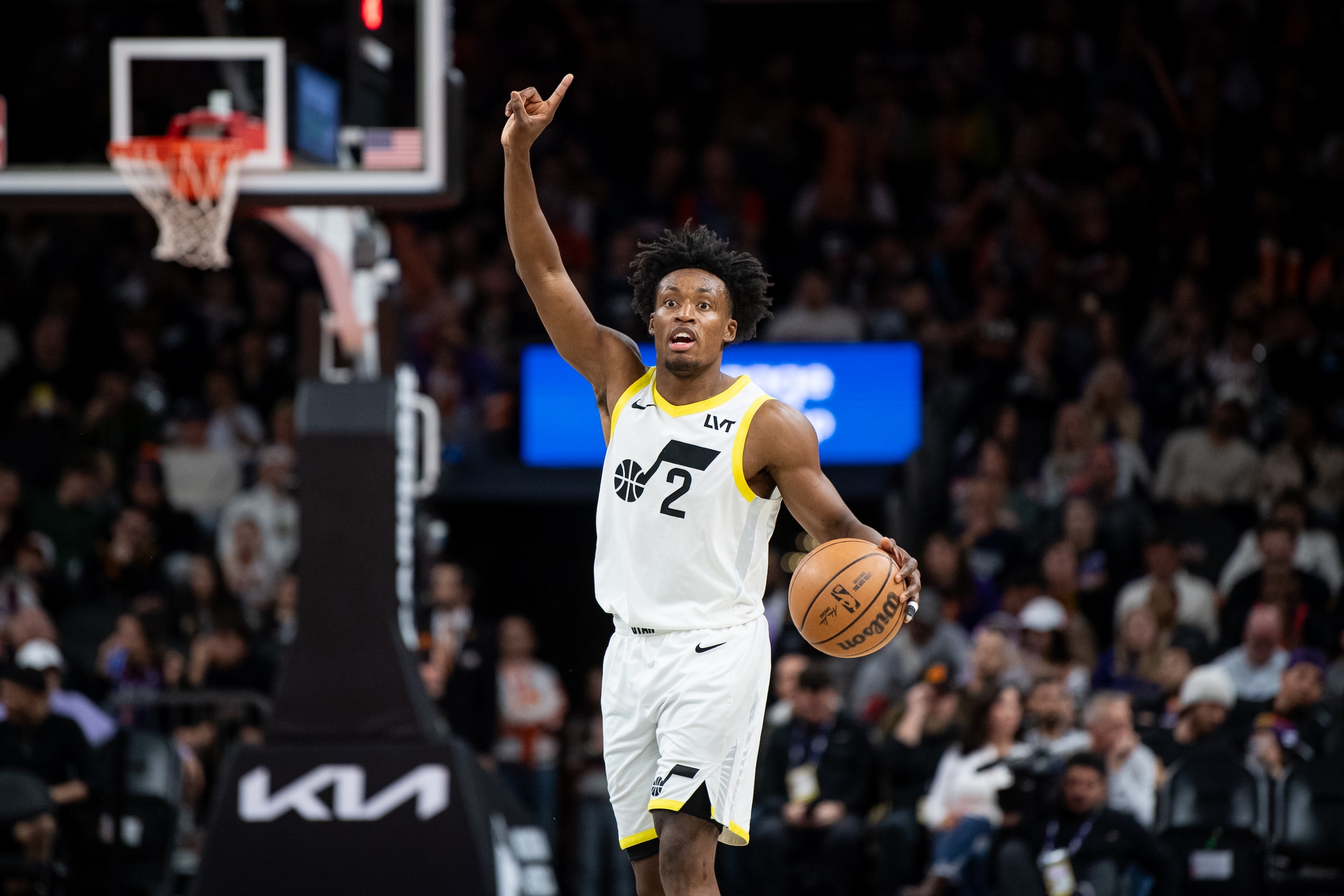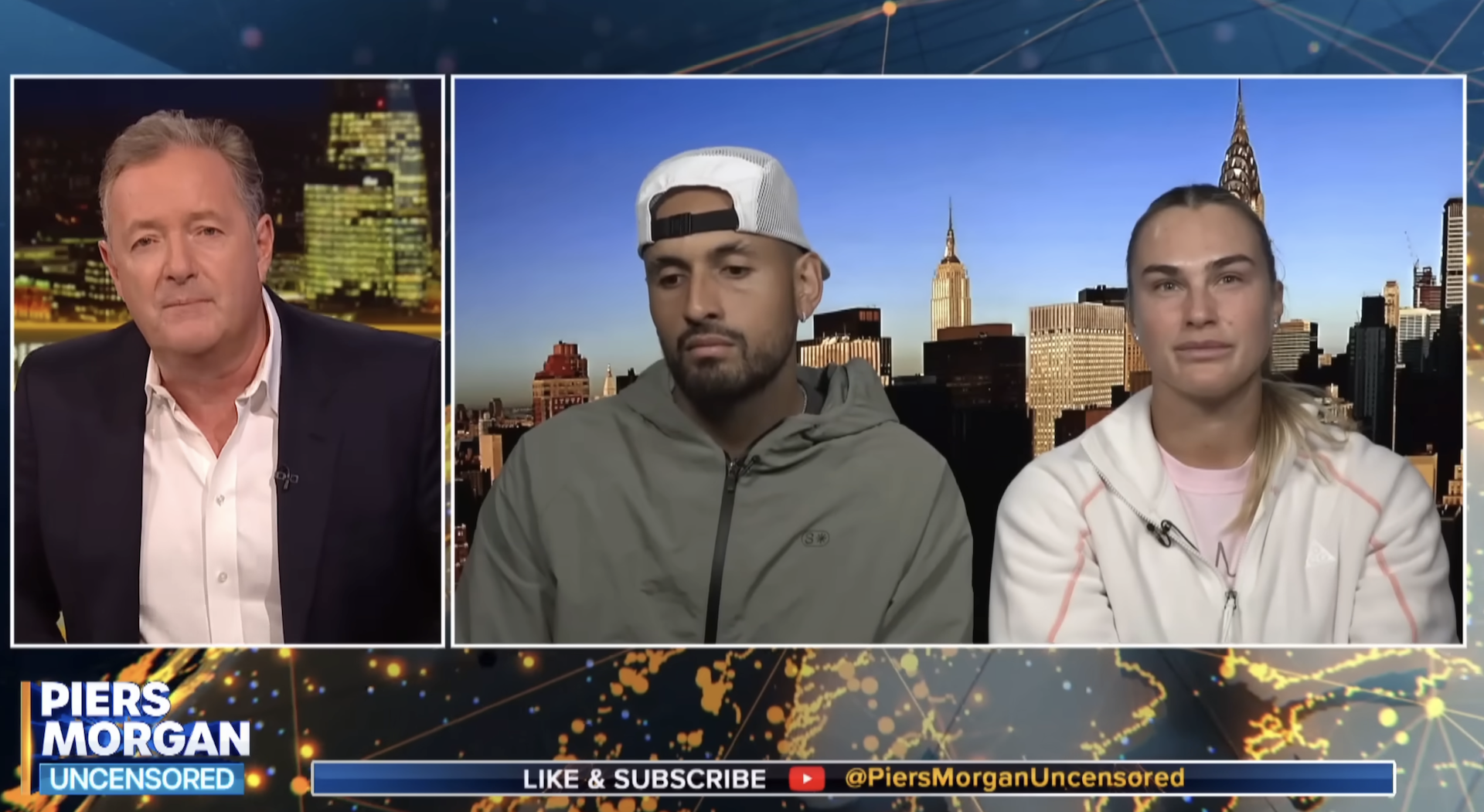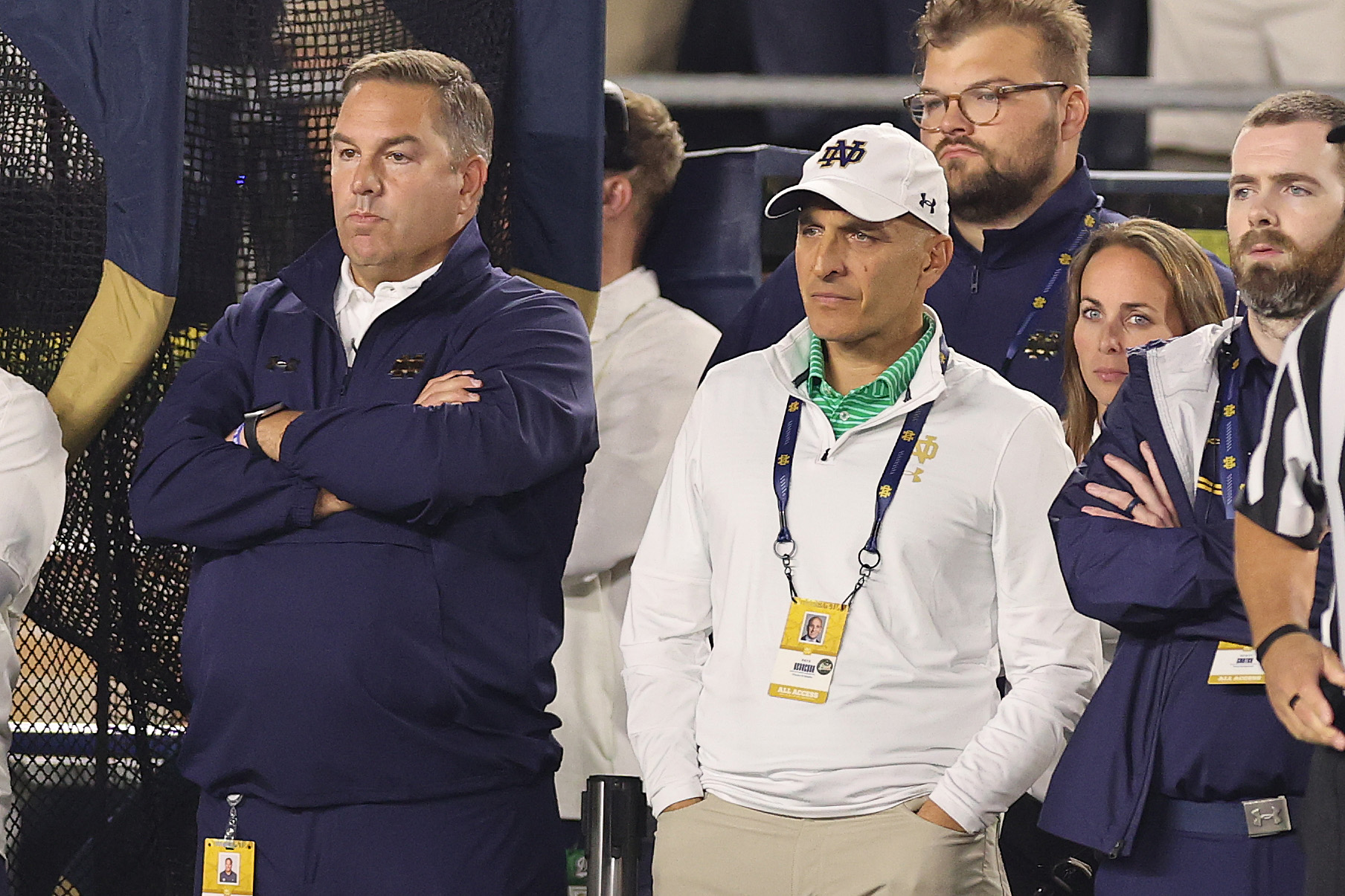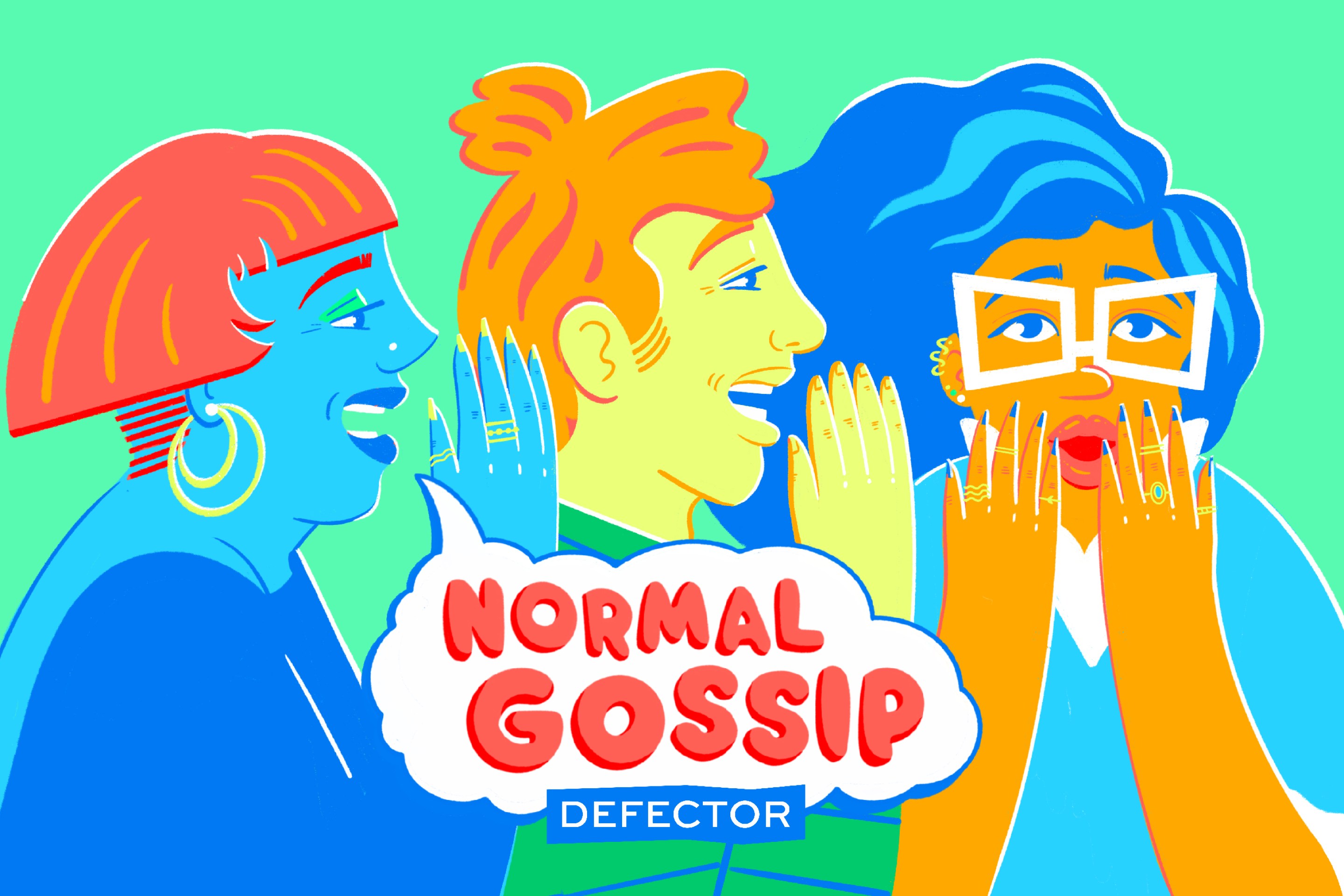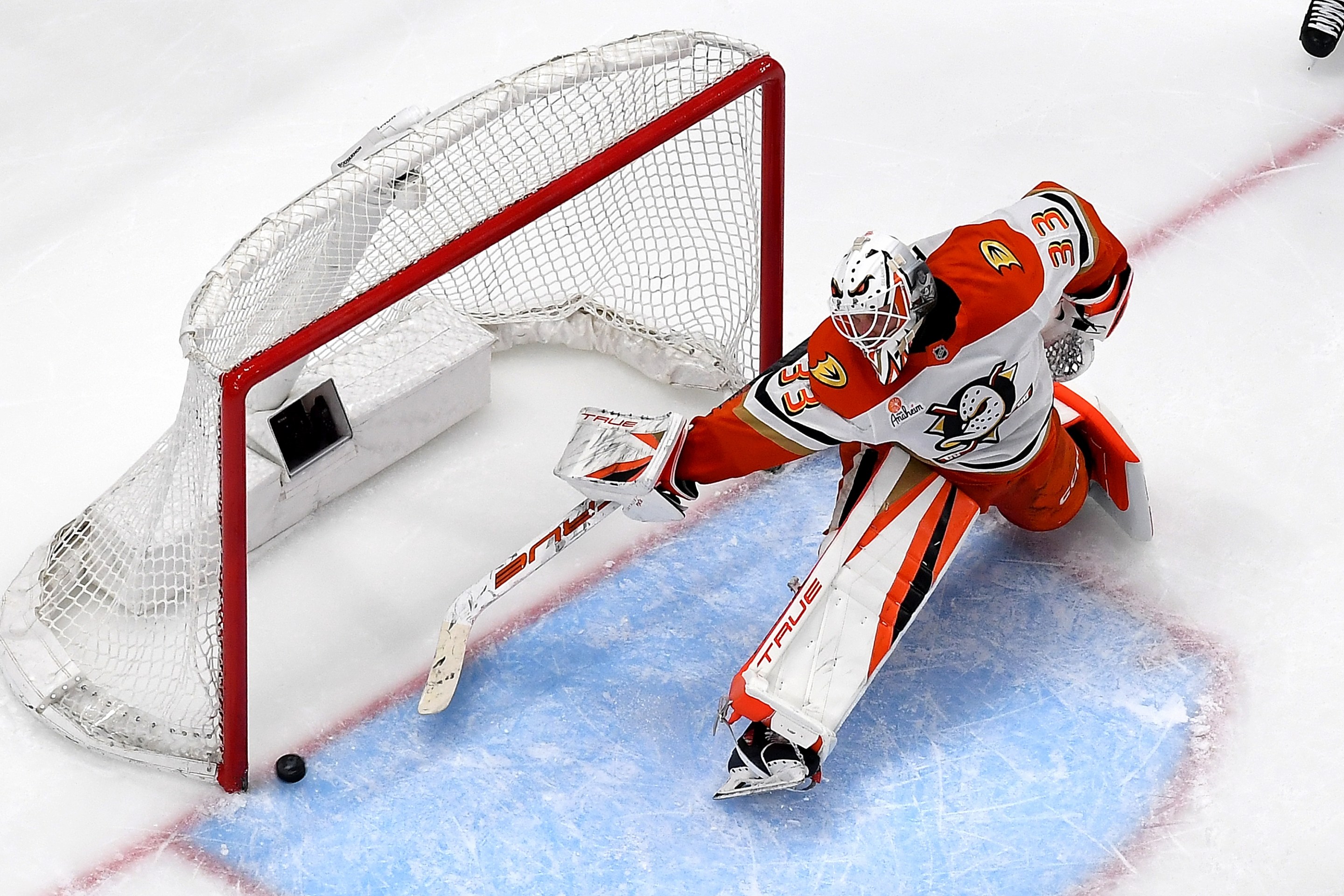A heads-up for the locker-room personnel of the Utah Jazz: Get those champagne magnums on ice, pronto. Unroll the plastic sheeting, queue up Kool & The Gang on the sound system, and prepare yourselves for a party. Over the last week, the Jazz took several large steps toward the accomplishment of their mission for the 2024–25 NBA season. Despite hardships and long odds, the team now controls its own destiny. The finish line is in sight.
The Jazz, after a most unfortunate Jan. 12 victory, found themselves with a record of 10–28, good for only second-worst in the Western Conference, and only fifth-worst in the NBA. That win, over the Brooklyn Nets, came despite the best efforts of the team's front office, which invented, embellished, and lucked into minimally plausible reasons for deactivating five of their top six scorers, including giving "rest" to 23-year-old center Walker Kessler, the team's best defender and rim protector. The Nets, not to be outdone, sat their four top scorers, and snuck off with the loss in overtime.
This misfortune broke up a promising three-game losing streak for Utah. The Jazz cannot afford to win too many more losable games due to lack of execution, not if they want any realistic chance of staying within reach of their broader ambitions. Thankfully, the team's front office knows which buttons to push, and when to push them.
The team had two nights off before their next game, which presented a challenge, because obviously the goal of a professional basketball team is to have as many of its players as possible in street clothes for the tip-off of a basketball game. There was the additional challenge posed by the opponent: The unbearably goofy Charlotte Hornets, an outfit so good at losing NBA games that they don't even have to try anymore, were then one of the four teams below the Jazz in the league standings. A team in Utah's position cannot afford to have four teams below them in the standings: The way the NBA draft lottery works, the league's three worst teams all share the top odds of landing the first pick in the next draft, and each have a better than 50 percent chance of picking in the top four. The fifth-worst team in the NBA by record can fall as far as ninth in the draft order, whereas, say, the second-worst team can fall no further than sixth. Utah's own 2025 draft pick is owed to the Oklahoma City Thunder, but only if it falls lower than 10th in the order.
To face this dire Hornets challenge, the Jazz would need all hands off deck. Unfortunately, Kessler was back in the rotation, although he was kept on a minutes restriction. The Jazz pulled 26-year-old Collin Sexton, their most competent playmaker and shot-creator, for "rest," and continued to hold out Lauri Markkanen and John Collins in order to manage lingering injuries. Even with these measures, the game very nearly got away from Utah, with the Jazz taking the lead in the first quarter and holding it all the way until the midpoint of the fourth quarter. Scary! But a closing lineup of Kessler, Keyonte George, Cody Williams, Brice Sensabaugh, and the dreaded Isaiah Collier was outscored 15–7 over the game's final five minutes, and the Jazz heroically captured the five-point loss in regulation.
Next the Jazz faced consecutive road games against the New Orleans Pelicans, who at the time were the only team below Utah in the Western Conference standings. For the first of these crucial games, Sexton was back in the lineup. To make up for his presence, the Jazz once again deactivated Kessler, again for "rest." Because the Pelicans had Zion Williamson back in their rotation, the outcome did not require any desperate measures: New Orleans went up by 20 points in the first quarter, and Utah coasted from there to an easy loss.
In the rematch, staged three nights later, Utah again "rested" Sexton to offset the availability of Kessler. This game almost ended in disaster, as New Orleans rested Williamson and Utah led by as many as 25 points in the first half. Utah's awful closing lineup did its job, making just two of its final 11 shots in regulation, but unfortunately the Pelicans were similarly incapable of throwing the basketball into the basket, and also could not grab a defensive rebound to save their lives. Horrifyingly, the Jazz had the ball for the final possession of regulation, but Collier, who'd foolishly clinched the win over Brooklyn, this time threw up a no-hope floater, and then alert teammate Kyle Filipowski volleyball-slapped the rebound about 20 feet into the air, effectively running out the remainder of the game clock and sending the contest to overtime. The eventual Jazz loss represented the largest come-from-behind victory in Pelicans franchise history.
The doubters said it couldn't be done, but look at the Jazz today. In one week they caused two teams to leapfrog them in the league standings, and are now in sole possession of the second-worst record in the NBA, a full game clear of the Toronto Raptors and ahead of only the historically bad Washington Wizards. The team is entering a stretch of schedule where 13 of their next 15 opponents currently have winning records; more importantly, the Jazz have shown the grit, determination, and total organizational focus to seize this moment. They've got the moves. The Jazz close February with a long homestand—this will require delicate game-to-game injury management, I'm sure—but they then go on a lengthy trip East at the beginning of March. The Jazz and Wizards will play each other twice that month, by which time they both might be so far clear of the rest of the field that the outcomes of these contests will not matter at all. Probably both teams should keep medical handbooks nearby, just in case.
